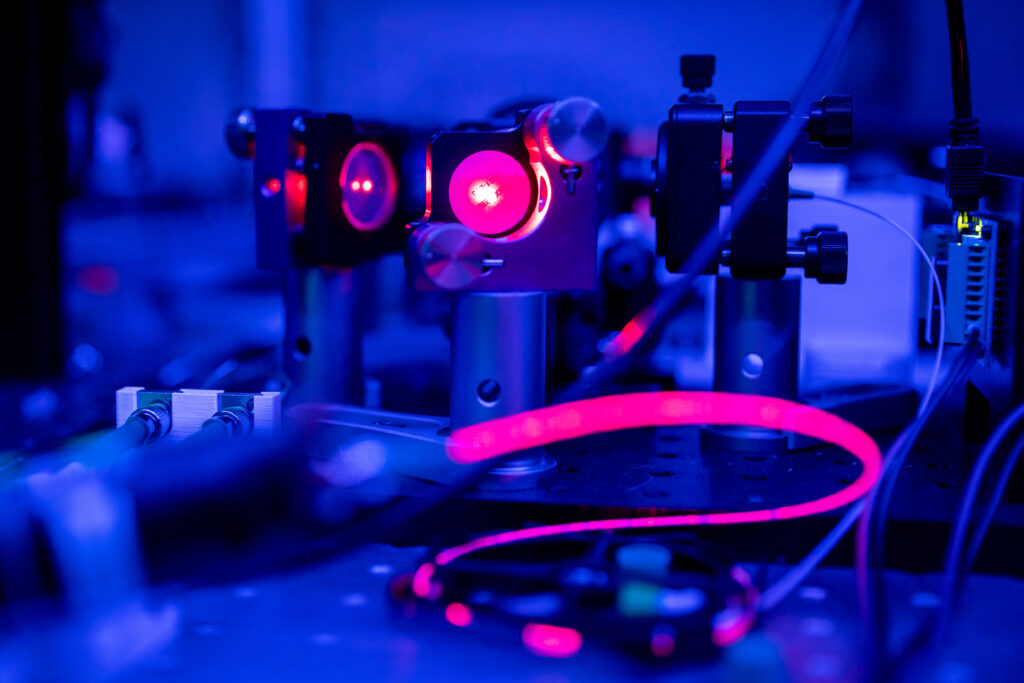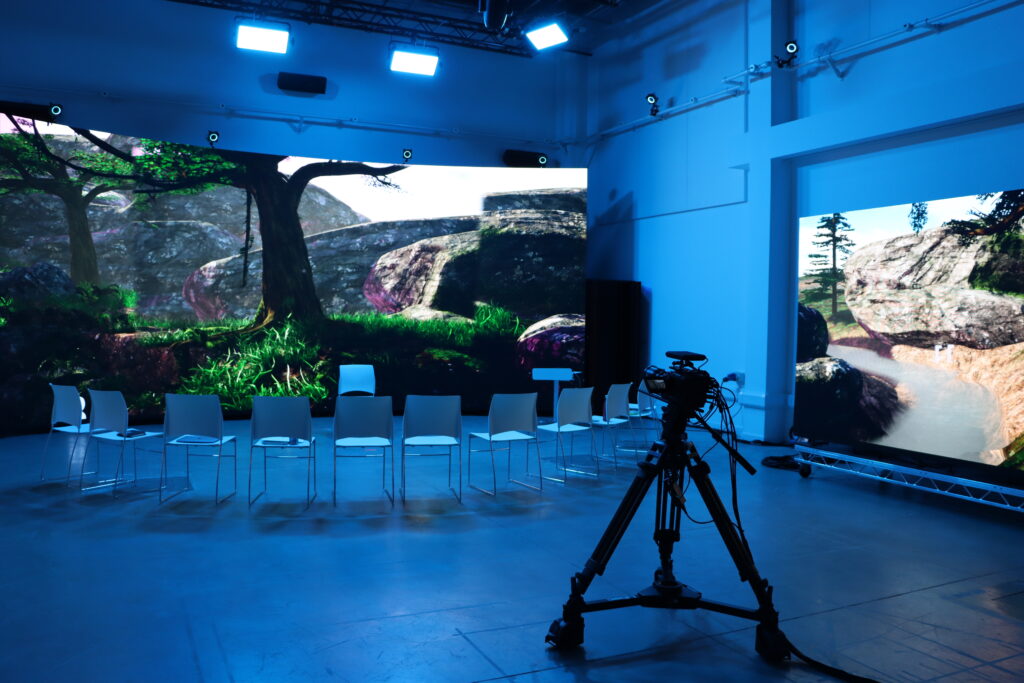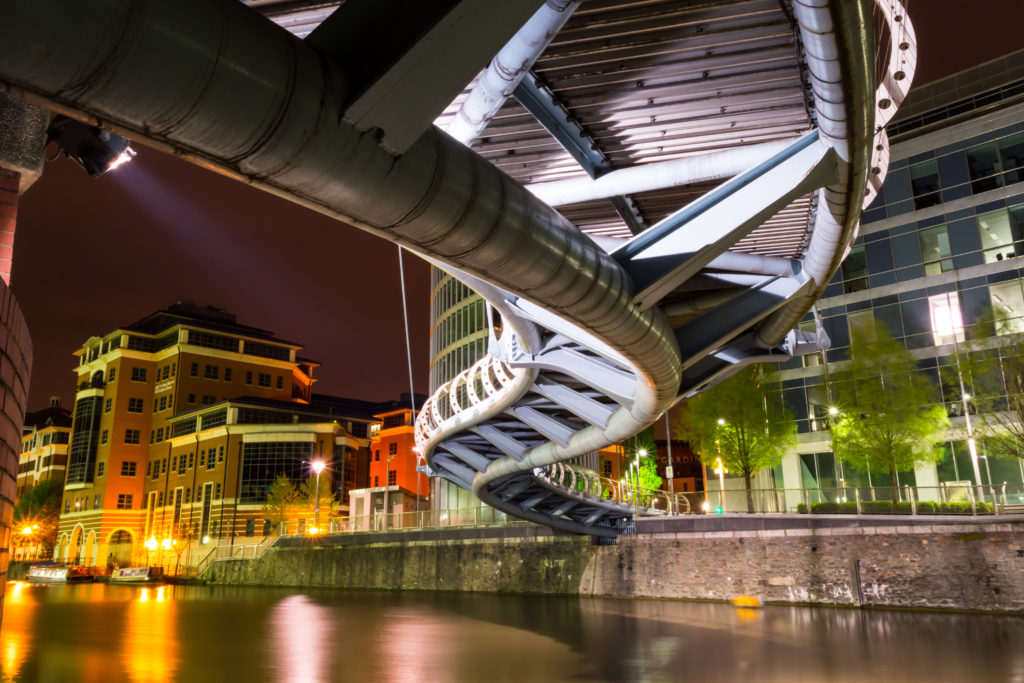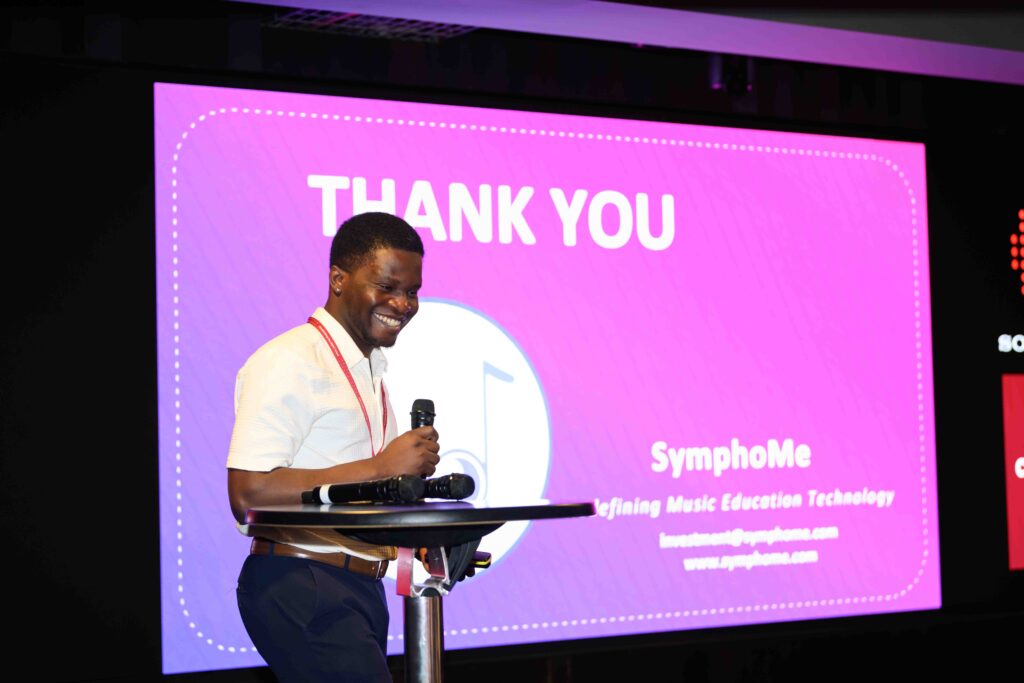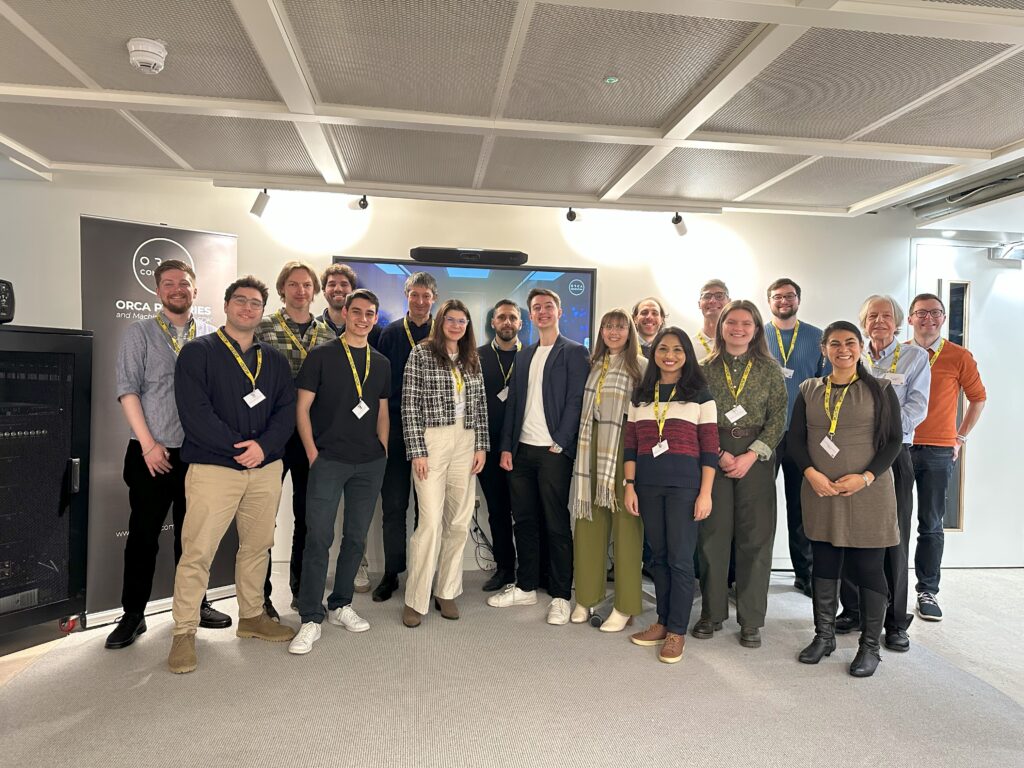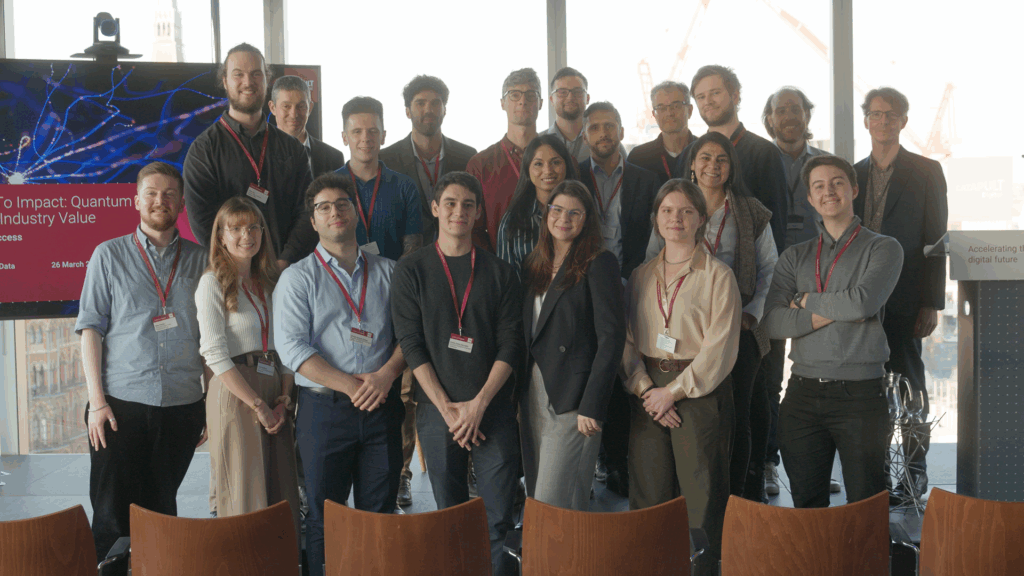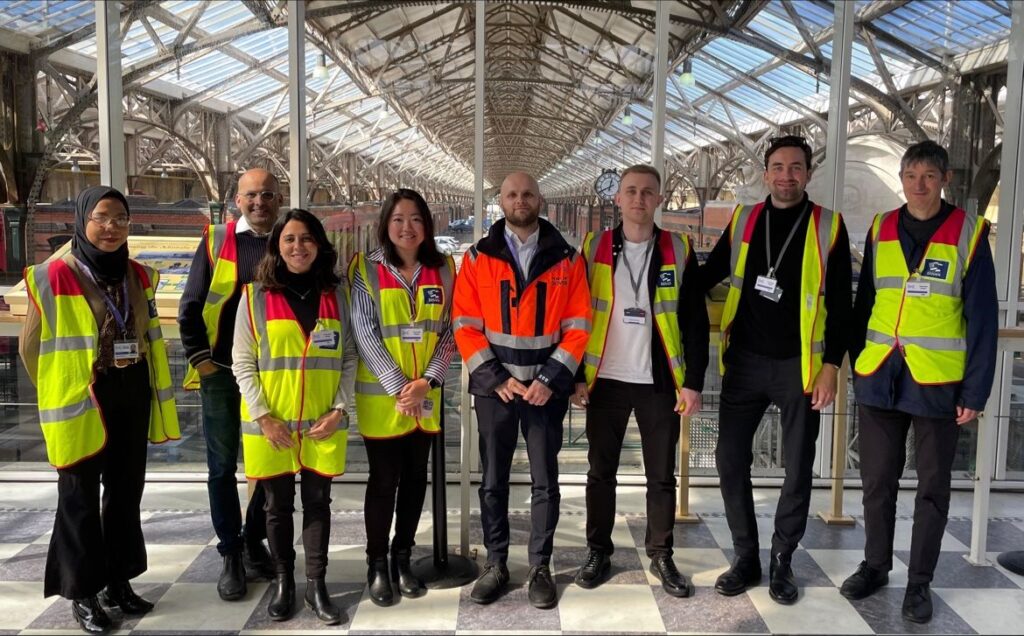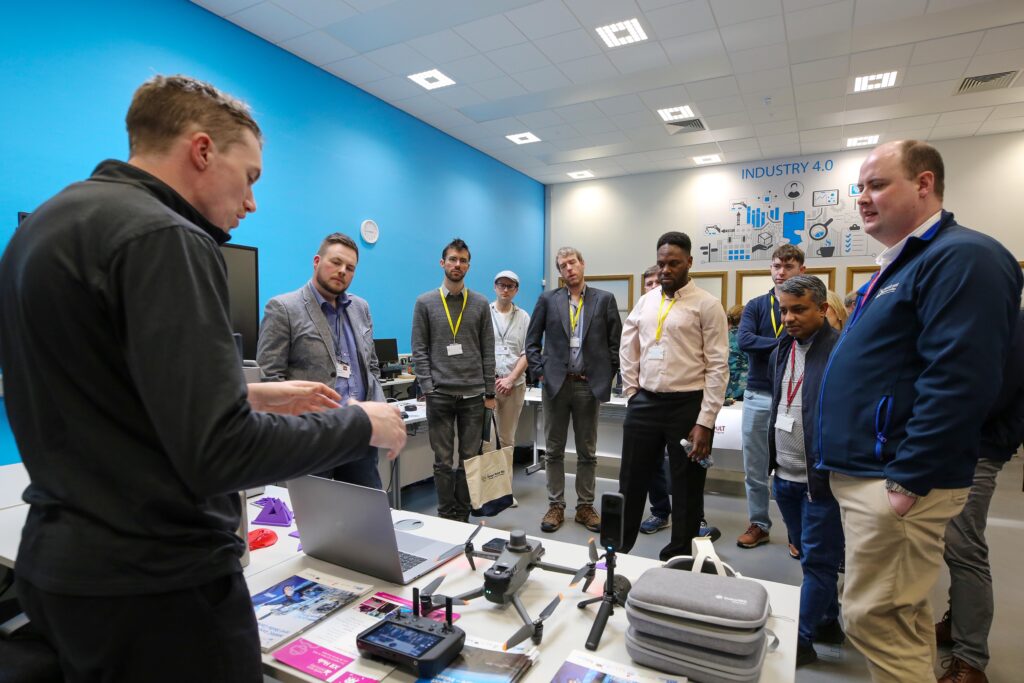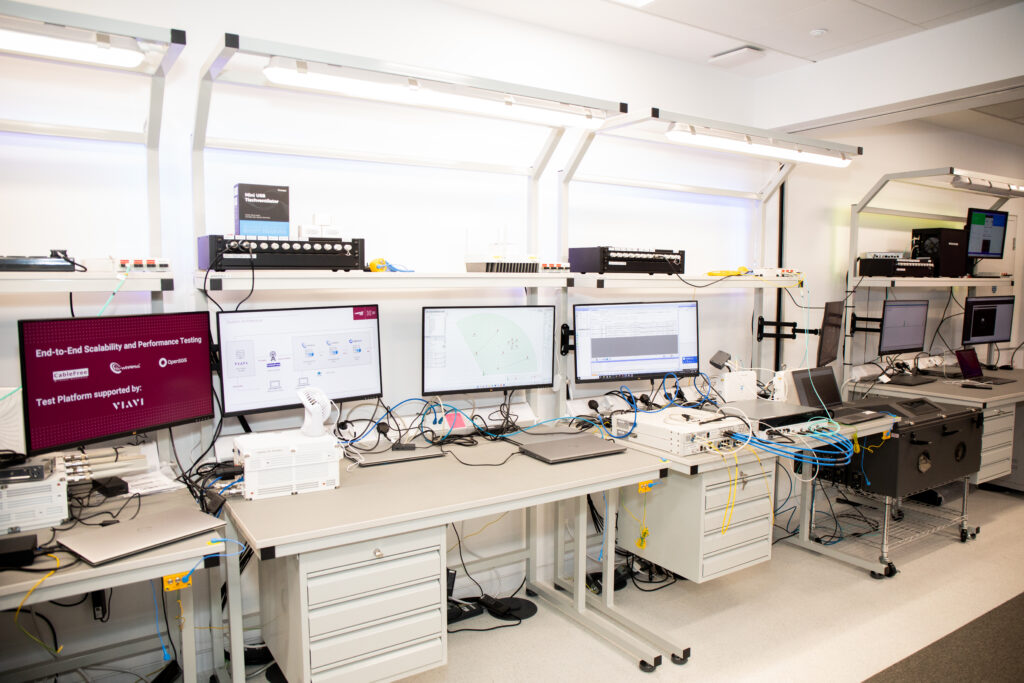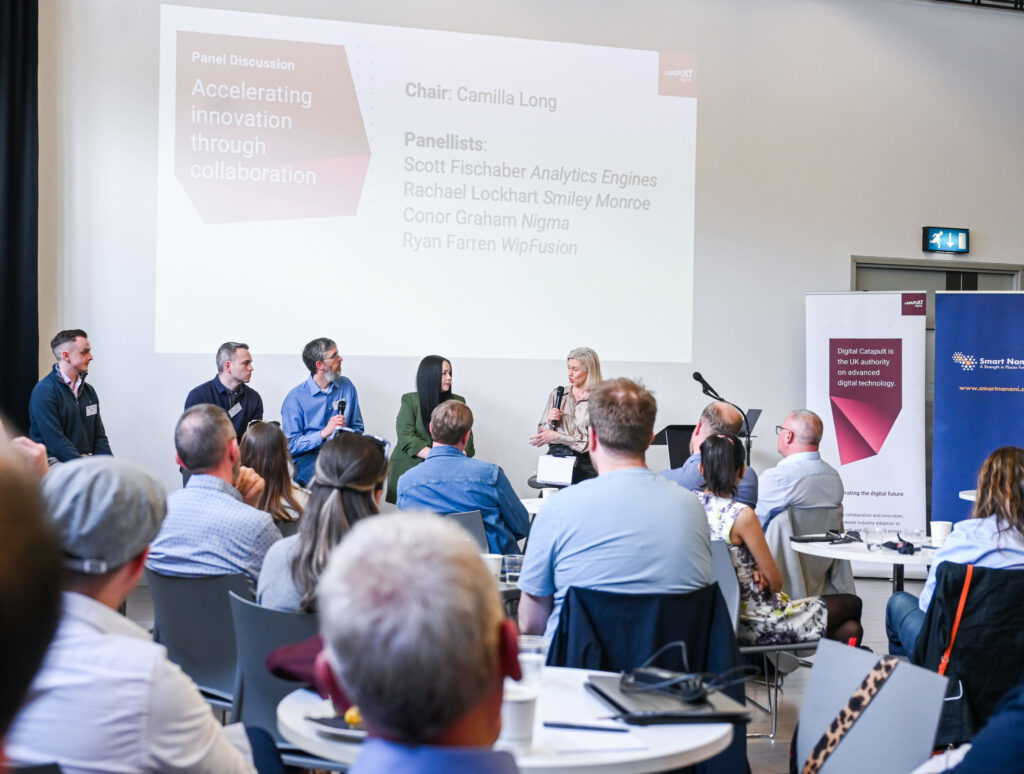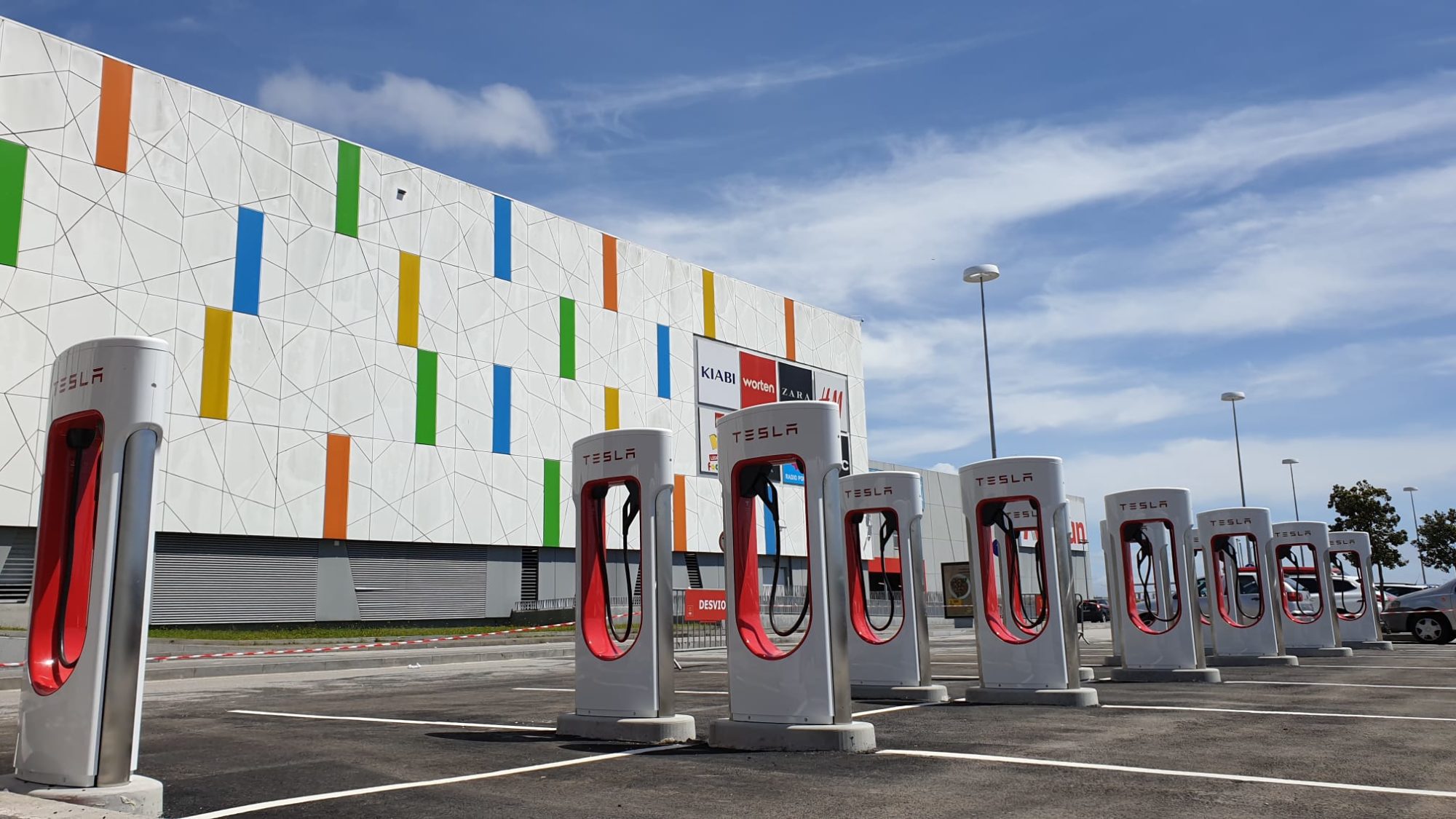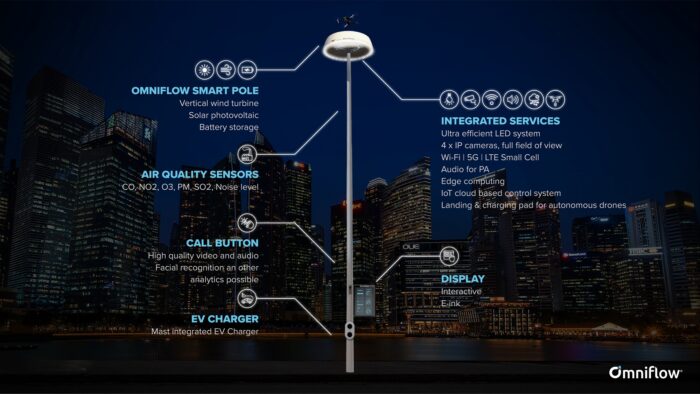Powered by wind and solar energy, the Omniflow Smart Pole combines edge computing, IoT technology and 5G connectivity within a single carbon-neutral unit, providing over 90% energy savings when compared to traditional street lighting.
A graduate in material engineering, Pedro Ruão is the company founder and CEO of Omniflow. He started his career in product design, developing 3D prototypes.
In 2009, a magazine article caught Pedro’s attention – a feature on Richard Branson and his search for cleantech innovators. Although Pedro did not work directly with energy at the time, the article inspired him to start formulating ideas.
Pedro’s original idea was to generate and sell energy using a hybrid turbine and solar energy device. However, he soon realised this would be difficult to scale, let alone compete with the megawatts produced by giant wind farms and solar parks.
Instead, Pedro saw the potential of using edge computing and IoT technologies to transform the turbine into a multi-purpose device, designing the Omniflow Smart Pole.
Powered by wind and solar with integrated battery storage, the Omniflow Smart Pole transforms a regular streetlight into a sustainable smart infrastructure. One unit can provide WiFi, IoT sensors, computer vision, traffic management and charging points for electric vehicles or phones, among many possible services, to drive additional revenue for cities.












